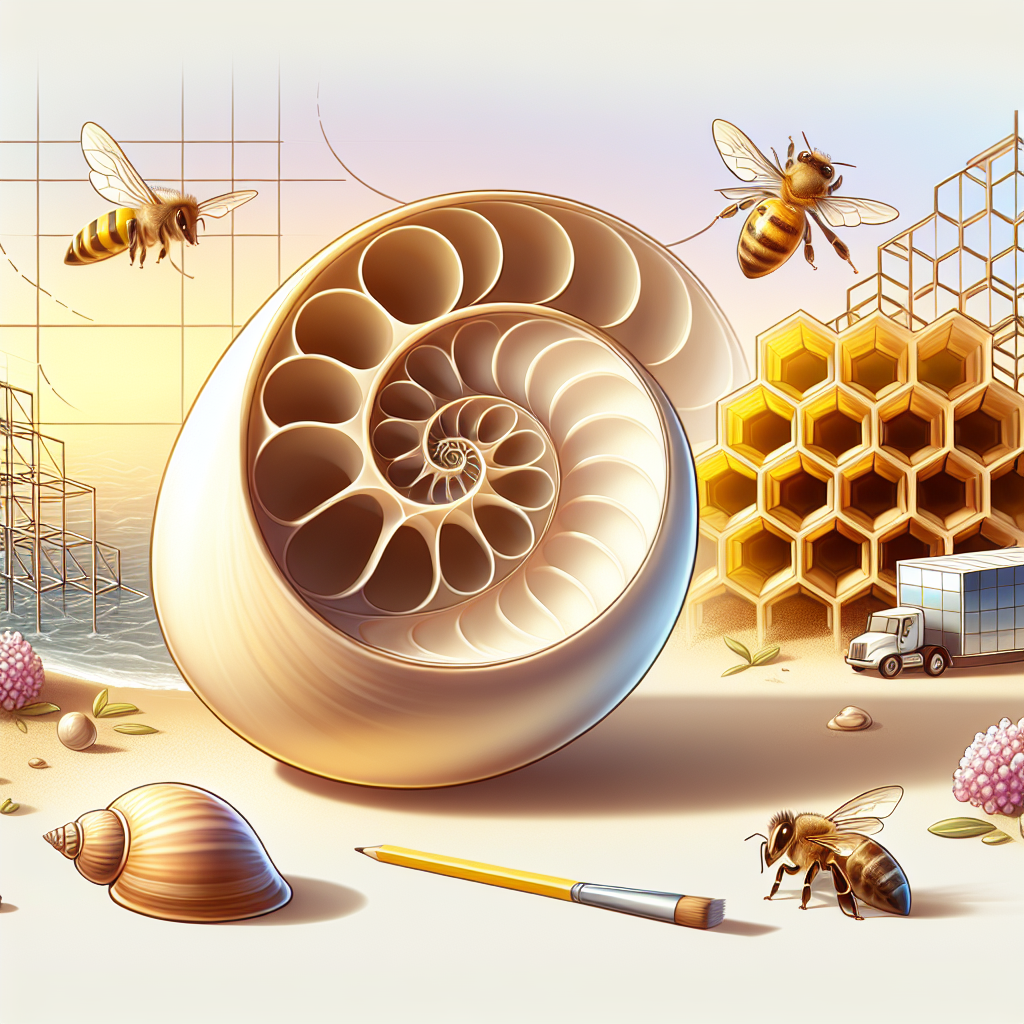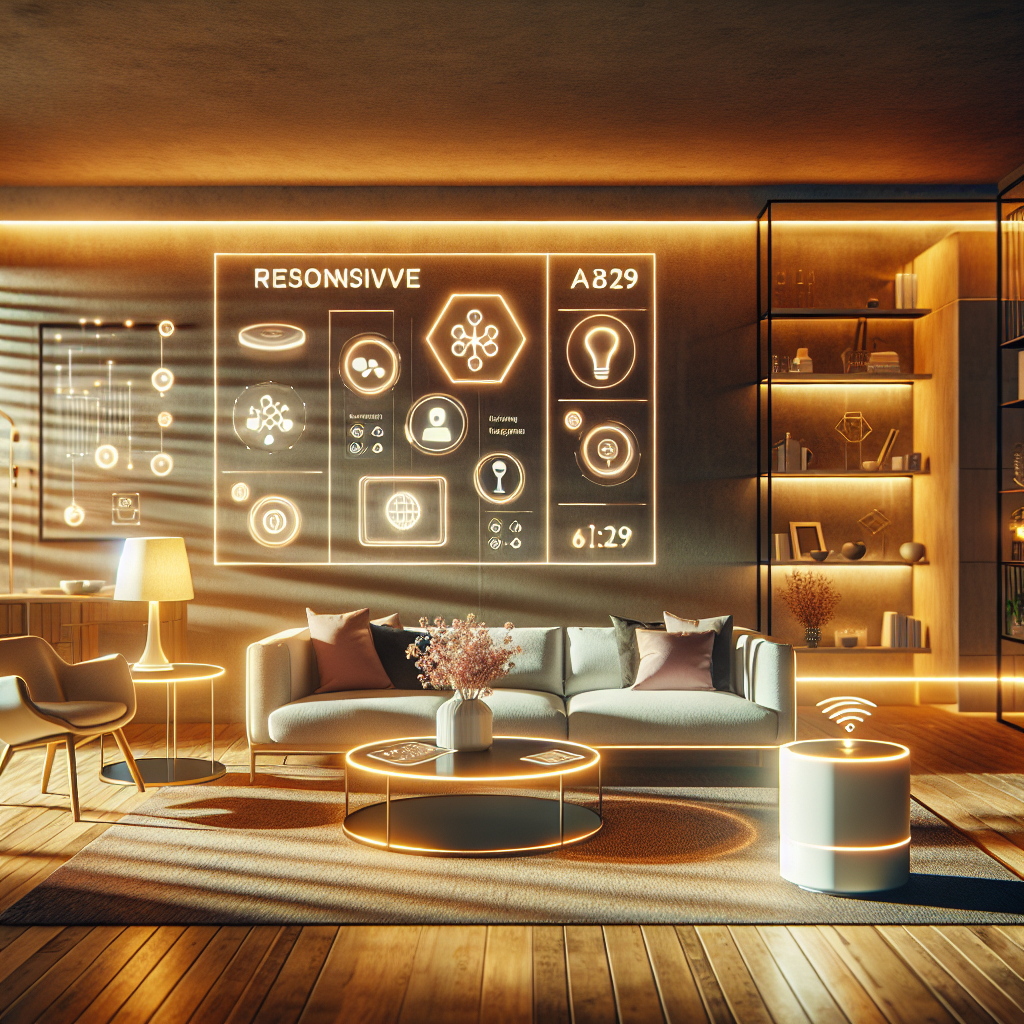Have you ever marveled at the perfect spiral of a seashell or the mesmerizing hexagons in a honeycomb? These natural wonders aren’t just beautiful—they’re mathematical masterpieces that have quietly shaped our built environment for centuries. From the golden ratio evident in flower petals to the structural efficiency of tree branches, nature has perfected design solutions through millions of years of evolution. Today, designers and architects are harnessing these natural algorithms through parametric design, creating structures and objects that not only mimic nature’s aesthetic beauty but also its remarkable efficiency and adaptability.
Where mathematics meets nature, a new language of design emerges—one that’s been speaking to us all along. Have you ever watched waves ripple across a lake, or marveled at the perfect spiral of a seashell? That feeling of wonder isn’t just appreciation—it’s recognition. Something in us instinctively understands these patterns, perhaps because we ourselves are products of the same mathematical principles that shape the natural world. Today’s most innovative architects and designers are tapping into these ancient blueprints, using sophisticated computational tools to translate nature’s genius into our built environment.
Nature doesn’t just inspire design—it provides the fundamental algorithms that have been perfected over billions of years of evolution.
The Hidden Mathematics of Nature
Walk through a forest or snorkel along a coral reef, and you’re surrounded by perfect design solutions—though you might not recognize them as such. The honeycomb’s hexagonal pattern represents nature’s most efficient way to create maximum space with minimal material. The spiral pattern of sunflower seeds follows the Fibonacci sequence, optimizing seed packing. These aren’t coincidences but mathematical principles that have been refined through natural selection.
Nature doesn’t waste energy or materials. Every curve of a nautilus shell, every branch pattern of a tree, every cell structure in your body exists because it represents an optimal solution to particular environmental challenges. These solutions emerge through what scientists call “form-finding”—the process by which natural structures develop in response to forces and constraints.
What’s remarkable is how these principles cross biological boundaries. The branching pattern of your lungs mirrors river deltas and lightning strikes because they all solve the same fundamental problem: efficient distribution networks.
Pattern Recognition: Our Evolutionary Heritage
Humans are pattern-recognition machines. Our brains evolved to identify patterns because recognizing them offered survival advantages. This explains why we find natural patterns so inherently pleasing—we’re wired to understand them at a subconscious level.
Consider these universal patterns:
- Spirals (galaxies, hurricanes, fern fronds, DNA)
- Branches (trees, river systems, neural networks)
- Hexagonal patterns (honeycombs, basalt columns)
- Waves (water, sound, light)
- Fractals (coastlines, clouds, mountain ranges)
These patterns resonate with us because they represent the language of creation itself—a language that modern designers are now learning to speak fluently through parametric design.
Parametric Design: Nature’s Logic Made Visible
Parametric design represents a fundamental shift in how we create. Traditional design typically begins with a fixed form that’s then refined. Parametric design, by contrast, starts with establishing relationships between elements and defining the rules that govern them—much like nature does.
Parametric design uses algorithms to define relationships rather than fixed forms, allowing complex structures to emerge from relatively simple rule sets. This approach mirrors how natural forms develop: through the interaction of genetic instructions (parameters) with environmental forces.
At its core, parametric design is computational thinking applied to the creative process. It enables designers to harness the same principles that nature uses to create efficiency and beauty simultaneously.
From Mathematical Principles to Breathtaking Forms
When an architect designs a building using parametric methods, they might define relationships between structural elements rather than drawing those elements directly. For example, they might specify that the building’s façade should respond to sunlight intensity throughout the day, automatically generating a pattern of openings that optimizes natural light while minimizing heat gain.
The result often looks startlingly organic—not because the designer explicitly copied nature, but because they used the same underlying principles that govern natural development.
Think of it this way: If traditional design is like sculpting (removing material to reveal a form), parametric design is more like gardening—creating conditions for forms to grow according to defined rules.
Biomimicry: Nature as Mentor, Model, and Measure
Biomimicry takes inspiration from nature a step further than mere aesthetic mimicry. Rather than just copying how something looks, biomimicry studies the principles behind natural structures and processes to solve human design challenges.
Nature has already solved many of the problems we struggle with today—energy conservation, material efficiency, structural strength with minimal mass. By understanding these solutions at a deep level, designers can apply them to human problems.
Nature-Inspired Solutions All Around Us
Biomimicry has already transformed numerous industries:
- The nose of Japan’s bullet train was redesigned to mimic a kingfisher’s beak, reducing noise and energy consumption
- Self-cleaning façades use microscopic textures inspired by lotus leaves
- Ventilation systems in buildings mimic termite mounds to regulate temperature efficiently
- Water collection systems imitate the Namib desert beetle’s shell structure
When combined with parametric design tools, biomimicry becomes even more powerful. Designers can not only borrow nature’s solutions but also implement them with the same mathematical precision that nature employs.
The Digital Translation of Organic Forms
Creating complex organic forms was once extraordinarily difficult—requiring countless hours of drafting and model-building. Today, parametric design software allows designers to easily translate natural elements into buildable structures.
Consider Antoni Gaudí, who created his organic masterpieces like Sagrada Família by hanging chains from the ceiling to find optimal structural forms—a physical computation method. Today’s architects can run similar form-finding explorations digitally, testing thousands of variations in minutes.
Algorithms That Mimic Evolution
Some of the most exciting developments in parametric design involve generative algorithms that mimic evolutionary processes. These algorithms can:
- Generate multiple design variations based on set parameters
- Test these variations against performance criteria
- “Breed” the most successful solutions to create improved generations
- Arrive at optimized designs that might never have been conceived by traditional methods
The results often surprise even their creators, producing forms that are simultaneously rational (optimized for function) and deeply organic in their appearance.
Beyond Aesthetics: Performance and Sustainability
The value of nature-inspired parametric design goes far beyond creating beautiful forms. These approaches lead to buildings and products that perform better—often with less material and energy.
Nature has been optimizing for performance under resource constraints for billions of years. By tapping into this wisdom, designers create structures that achieve more with less:
- Building skins that respond like human skin to environmental conditions
- Structural systems that distribute loads like tree branches
- Ventilation systems that circulate air like termite mounds
These aren’t just visually compelling—they represent fundamentally more efficient approaches to solving design problems.
The Future Is Growing, Not Being Built
As parametric design tools become more sophisticated, the line between growing and building continues to blur. Emerging techniques allow designers to “grow” virtual structures according to natural principles and then translate them into buildable forms.
Some visionaries are even exploring ways to directly harness biological growth processes—imagine buildings whose structure is partially grown rather than assembled, or materials that can heal themselves like living tissue.
Learning to See Nature’s Design Language
Once you understand the principles behind nature-inspired parametric design, you begin seeing examples everywhere—from the ceiling of your local shopping center to the chair you’re sitting in.
Next time you’re outdoors, take a moment to really look at the structures around you. Pick up a pinecone and notice its spiral pattern. Watch how wind moves through grass. These aren’t just pleasant natural phenomena—they’re master classes in design efficiency.
By recognizing the parametric intelligence in natural forms, you gain a deeper appreciation not just for nature, but for the human-made environments that successfully incorporate these timeless principles. The best designs don’t fight against nature’s mathematics—they harmonize with it, creating spaces and objects that feel fundamentally right because they speak the same geometric language as our natural world.
The next time you find yourself drawn to a particular building or space without knowing exactly why, look closer. You might discover it’s speaking to you in nature’s own vocabulary—a language we all understand at some instinctive level, even if we don’t realize we’re fluent.




